Home>Ideas and Tips>Indoor Prayer Plant Care Guide for Colorful Foliage Houseplants
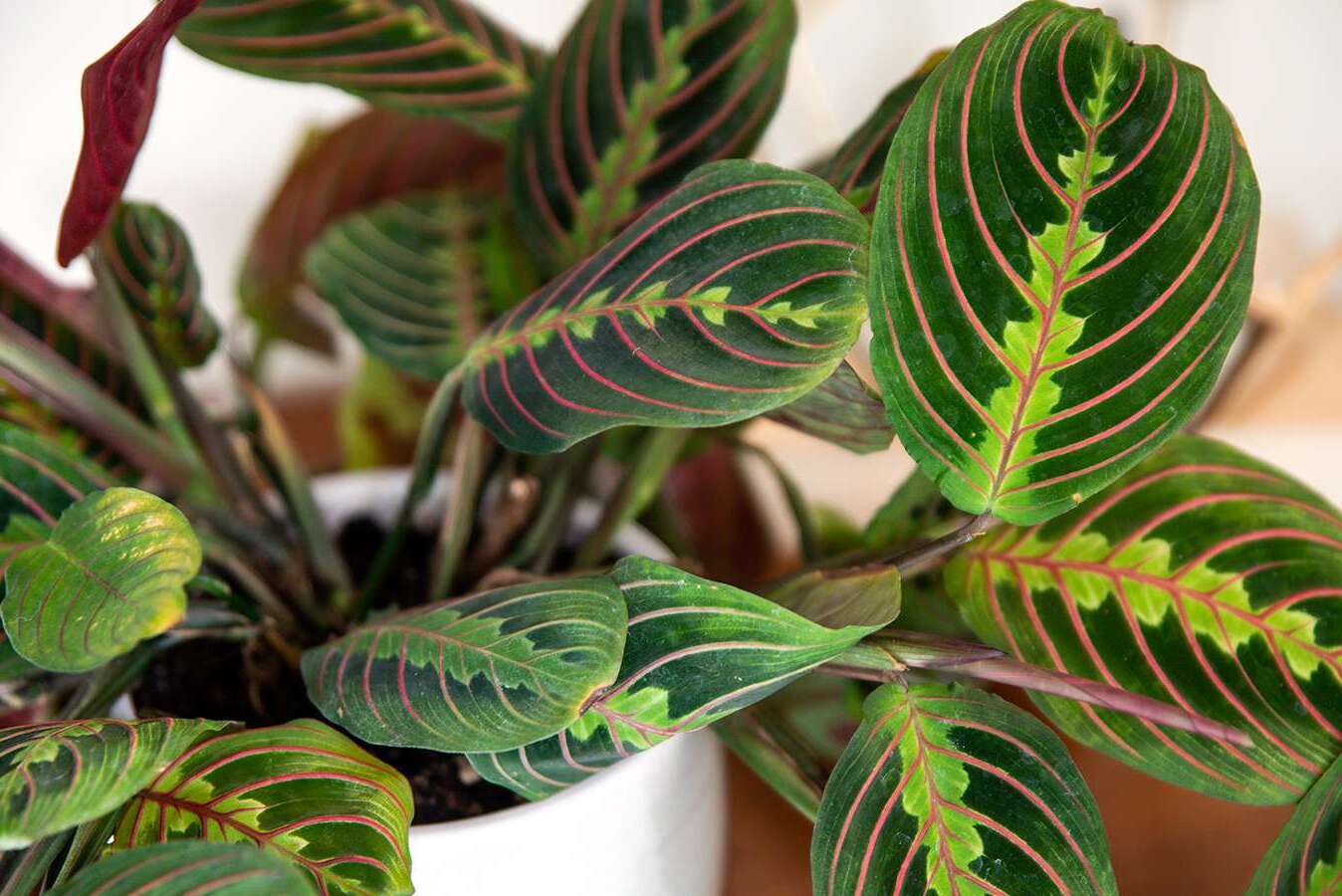

Ideas and Tips
Indoor Prayer Plant Care Guide for Colorful Foliage Houseplants
Modified: October 20, 2024
Discover essential tips for caring for your indoor prayer plant, from lighting and watering to humidity and fertilization, ensuring vibrant, healthy foliage.
(Many of the links in this article redirect to a specific reviewed product. Your purchase of these products through affiliate links helps to generate commission for Storables.com, at no extra cost. Learn more)
Introduction
Prayer plants, scientifically known as Maranta leuconeura, are one of the most striking and versatile houseplants you can add to your indoor garden. Their unique, colorful foliage and ability to thrive in a variety of conditions make them an excellent choice for both seasoned plant enthusiasts and beginners. In this comprehensive guide, we will delve into the essential care requirements for your prayer plant, including lighting, watering, humidity, fertilization, and common issues that may arise.
About Prayer Plants
Prayer plants belong to the Marantaceae family and are known for their distinctive leaves that fold up at night, resembling hands in prayer. This characteristic behavior is what gives them their common name. These plants are native to South America and are popular for their vibrant, patterned leaves which come in a variety of colors and patterns.
Types of Prayer Plants
While the Maranta leuconeura is one of the most popular varieties, there are several other types of prayer plants that you might encounter. Some of these include:
- Neon Prayer Plant: Known for its bright, neon-colored leaves.
- Rabbit's Foot Prayer Plant: Characterized by its white, variegated leaves.
- Red Prayer Plant: Features deep red or maroon-colored leaves.
Each variety has its unique characteristics, but they all share similar care requirements.
Lighting Requirements
Prayer plants prefer bright, indirect light. Direct sunlight can cause the leaves to fade and scorch, so it's essential to place them near a window with filtered light. East- or west-facing windows are ideal for prayer plants as they provide gentle, indirect sunlight throughout the day.
If you're placing your prayer plant in a low-light area, it may develop leggy growth. However, it will still thrive and maintain its health. In the winter when the plant goes into dormancy, providing it with bright light can help maintain growth and prevent it from becoming too leggy.
Watering Tips
Watering is one of the most critical aspects of caring for your prayer plant. These plants prefer moist but well-draining soil. Here are some tips to ensure you're watering correctly:
- Check Soil Moisture: Before watering, stick your finger into the soil up to the first knuckle. If the soil feels dry, it's time to water.
- Watering Frequency: During the spring and summer months when the plant is actively growing, water your prayer plant once a week. In the fall and winter when the plant is dormant, reduce watering to once every 10-14 days.
- Watering Technique: Water your plant thoroughly until liquid flows through the drainage hole in the pot. Discard any excess water that accumulates in the saucer to prevent root rot.
- Avoid Overwatering: Prayer plants are susceptible to root rot if the soil is too wet for too long. Make sure not to let water sit on the leaves or in the saucer.
Using a moisture meter or a wooden stick (like a chopstick) can help determine if the soil is dry or moist. If no dirt sticks to the stick, the soil is dry; if dirt sticks, it's moist.
Humidity Requirements
Prayer plants thrive in humid environments, typically above-average humidity levels. Here are some ways to increase humidity around your plant:
- Pebble Tray: Place the pot on a tray filled with small stones and water. As the water evaporates, it increases the humidity around the plant.
- Humidifier: Position a small humidifier nearby to maintain optimal humidity levels.
- Misting: Regularly misting the leaves with filtered or distilled water can also help maintain humidity.
Temperature Preferences
Prayer plants prefer temperatures between 68° – 85°F (20° – 30°C). They can tolerate normal household temperatures but may require some extra care during extreme weather conditions.
Fertilization
Fertilizing your prayer plant regularly is essential for its growth and health. Here are some guidelines:
- Fertilizer Type: Use an all-purpose fertilizer for indoor plants.
- Fertilization Frequency: Feed your plant once a month during the spring and summer months when it's actively growing. Reduce fertilization to once every two months during the fall and winter when the plant is dormant.
- Application Method: Dilute the fertilizer to half-strength and apply it to the soil after watering. Never apply fertilizer to dry soil as it can burn the roots.
Repotting
Prayer plants typically need to be repotted every 1-2 years as their potting mix breaks down over time. Here are some steps to repot your prayer plant:
- Choose the Right Pot: Select a pot that is slightly larger than the current one, with good drainage holes.
- Prepare the New Potting Mix: Use a well-draining, loamy, and acidic potting mix specifically designed for tropical plants.
- Handle with Care: Gently remove the plant from its old pot, taking care not to damage the roots.
- Replant: Place the plant in the new pot, ensuring the soil level is the same as before. Water thoroughly after repotting.
Propagation
Prayer plants can be propagated through division or leaf cuttings:
- Division: Divide the roots of your mature plant into smaller sections, making sure each section has at least one growing node.
- Leaf Cuttings: Cut off healthy leaves from your plant, making sure each cutting has at least two nodes. Place these cuttings in a glass of water or directly into moistened potting mix.
Common Issues
Despite their relatively low maintenance requirements, prayer plants can still face some common issues:
- Pests: Check your plant regularly for pests like spider mites, mealybugs, or scale. If you find any, treat them promptly with insecticidal soap or neem oil.
- Diseases: Fungal diseases like root rot can occur if the soil is too wet for too long. Treat fungal infections by removing affected areas and improving drainage.
- Leaf Curling: If your plant's leaves start curling inward, it may be due to low humidity or cold temperatures. Increase humidity around the plant and ensure it's not exposed to drafts.
Conclusion
Prayer plants are indeed one of the most beautiful additions to any indoor garden, offering vibrant colors and unique patterns that can enhance any room's decor. By following these care guidelines—whether it's about lighting, watering, humidity, fertilization, or common issues—you'll be well-equipped to keep your prayer plant thriving for years to come.
Remember that every plant is different, so observe your specific plant's needs closely and adjust your care routine accordingly. With patience and proper care, your prayer plant will flourish into a stunning centerpiece for your home.
Additional Resources
For more detailed information on houseplants or specific tips on caring for your prayer plant, consider visiting the following resources:
- Gardening Know How: A comprehensive guide to houseplants including tips on propagation and common issues.
- Bloomscape: Detailed care guides for various houseplants including specific instructions for prayer plants.
- The Spruce: Articles on growing marantas indoors with detailed information on soil preferences and temperature requirements.
By combining these resources with the information provided in this guide, you'll be well-prepared to become an expert in caring for your colorful prayer plant.
Was this page helpful?
At Storables.com, we guarantee accurate and reliable information. Our content, validated by Expert Board Contributors, is crafted following stringent Editorial Policies. We're committed to providing you with well-researched, expert-backed insights for all your informational needs.
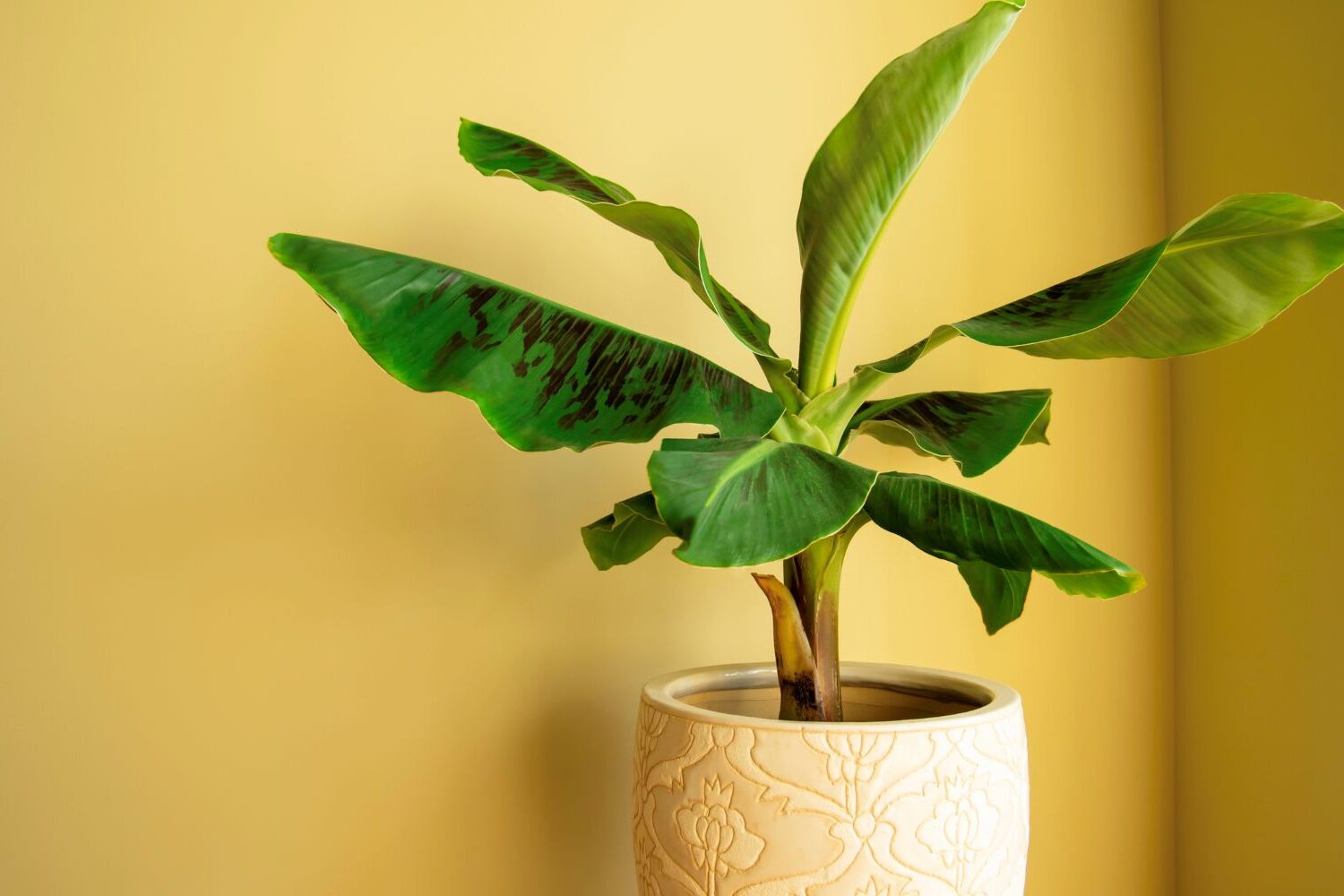
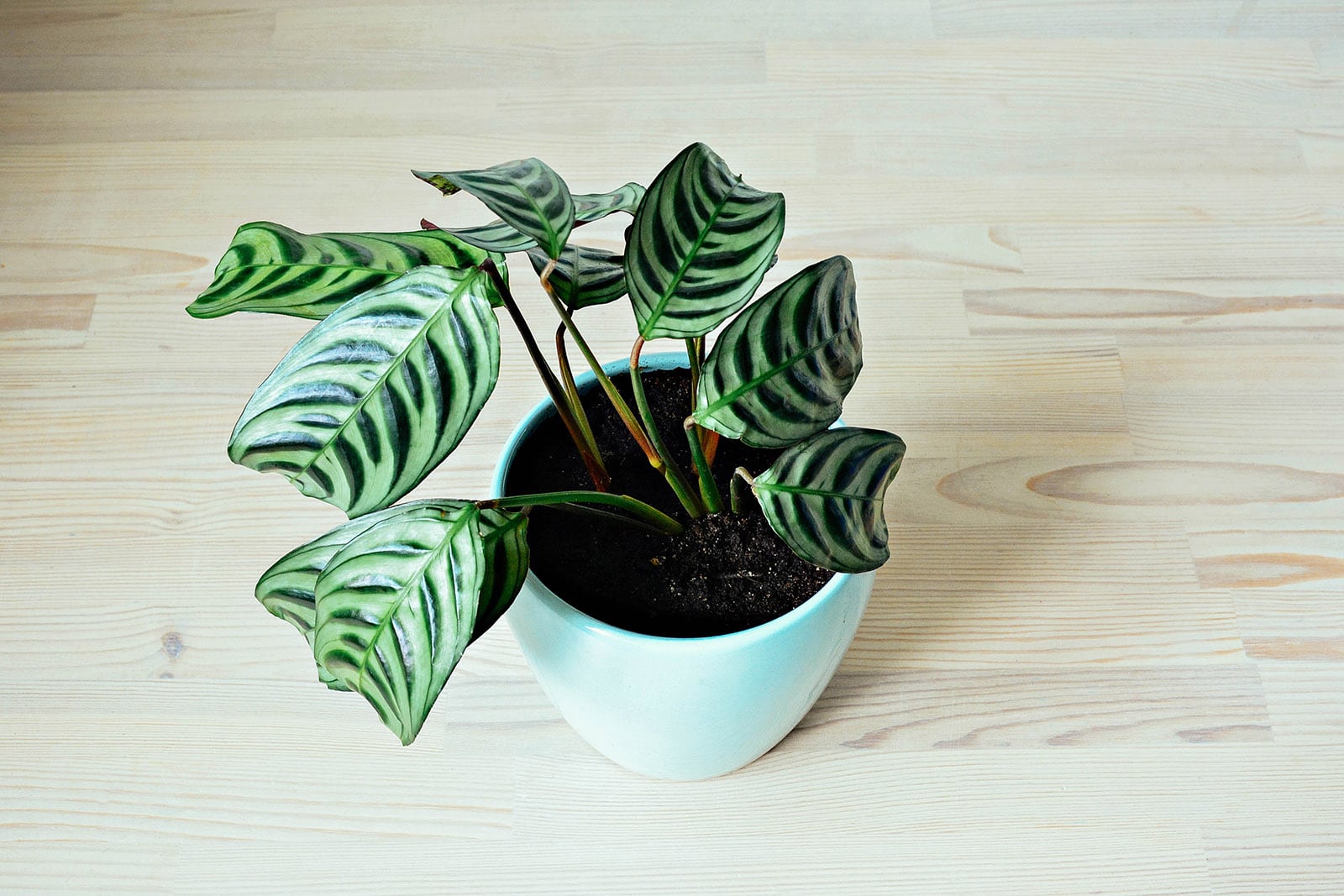

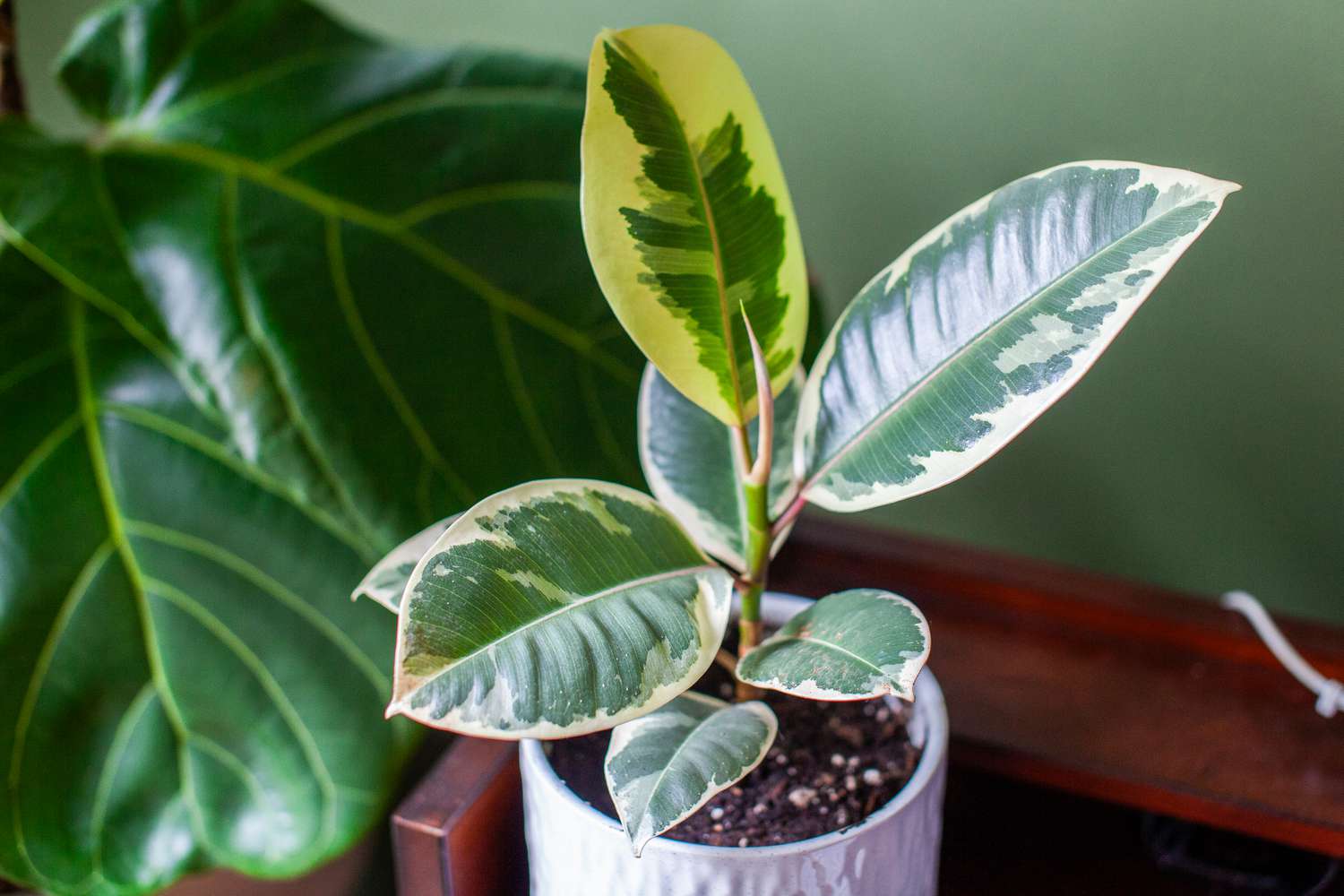
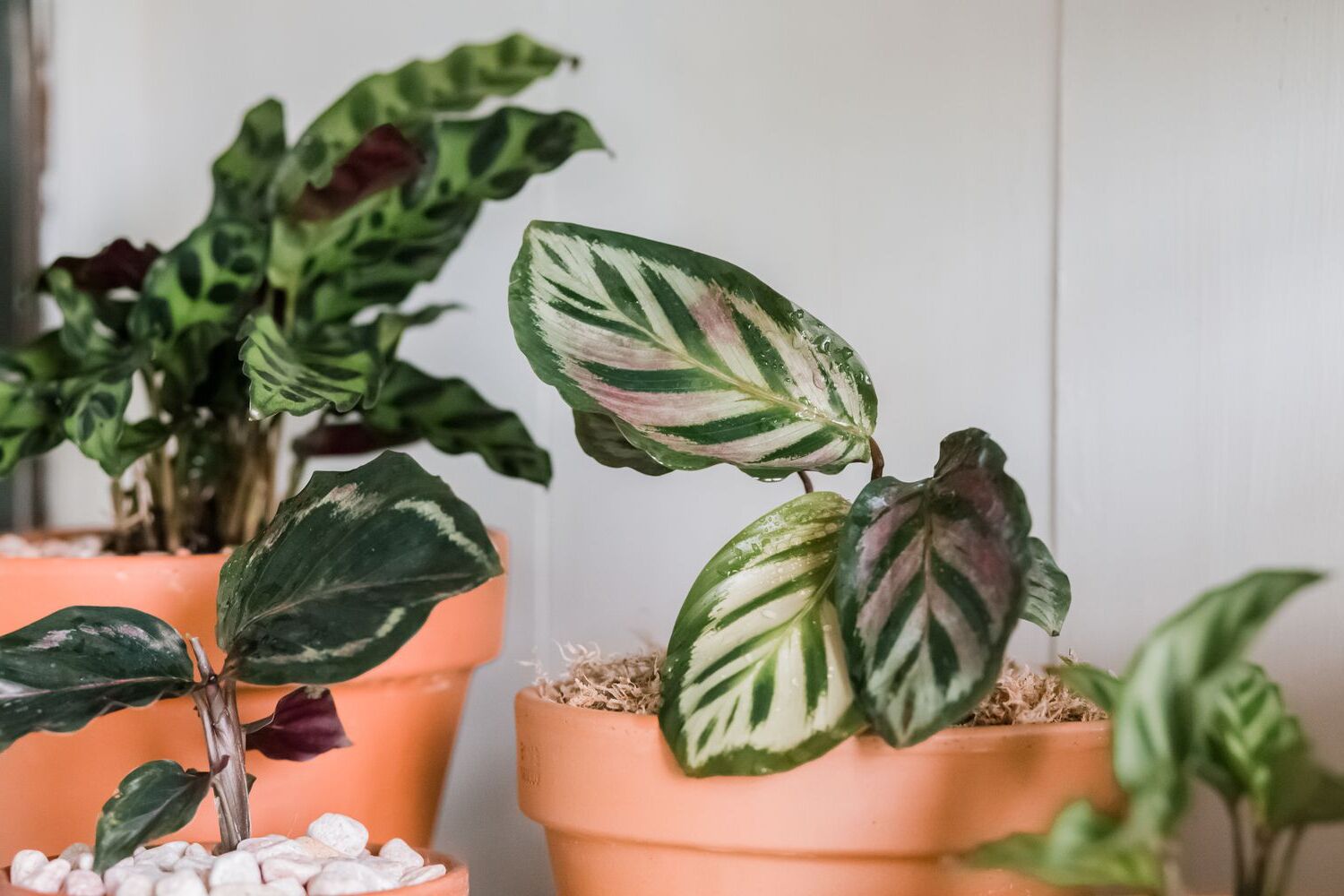
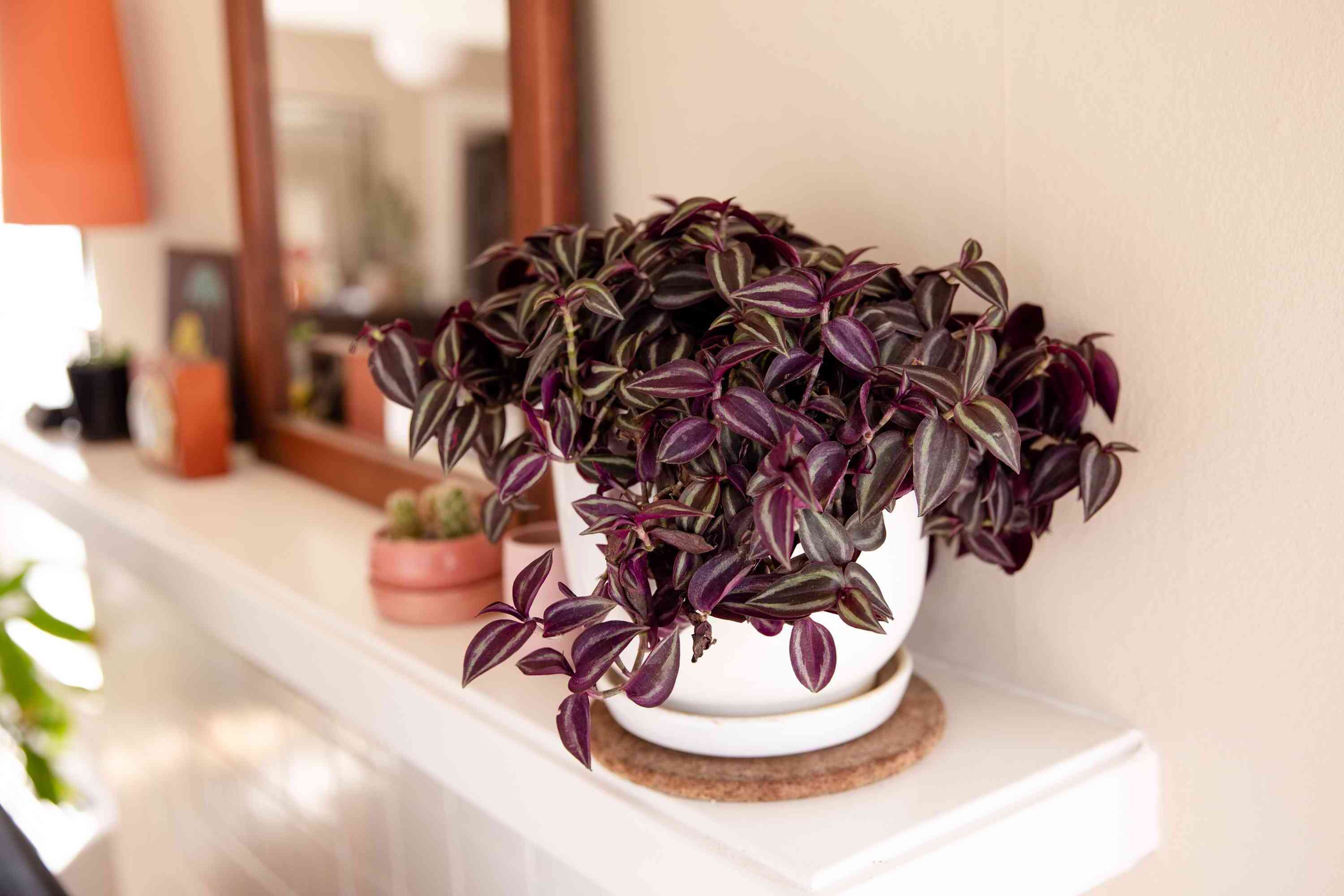

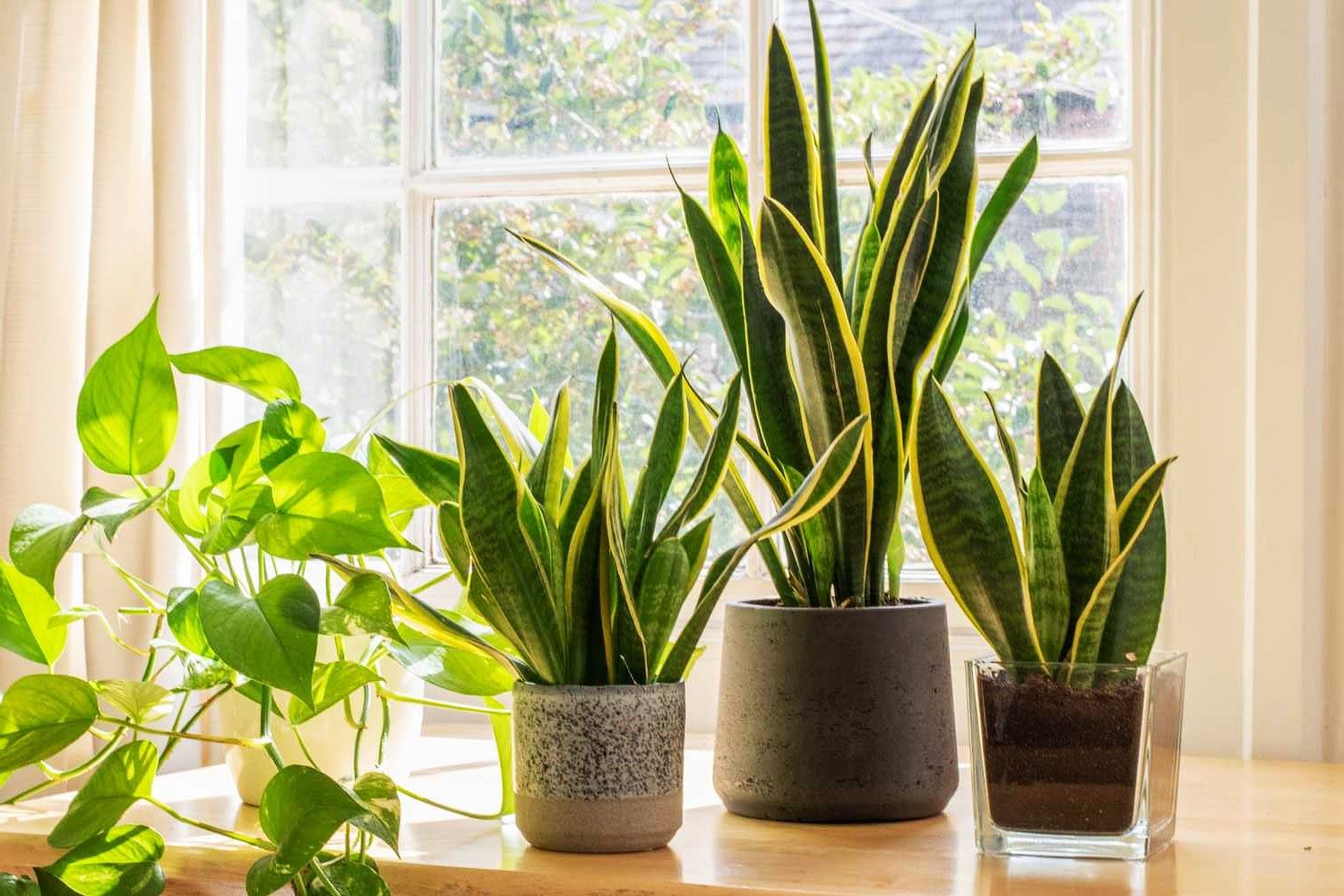
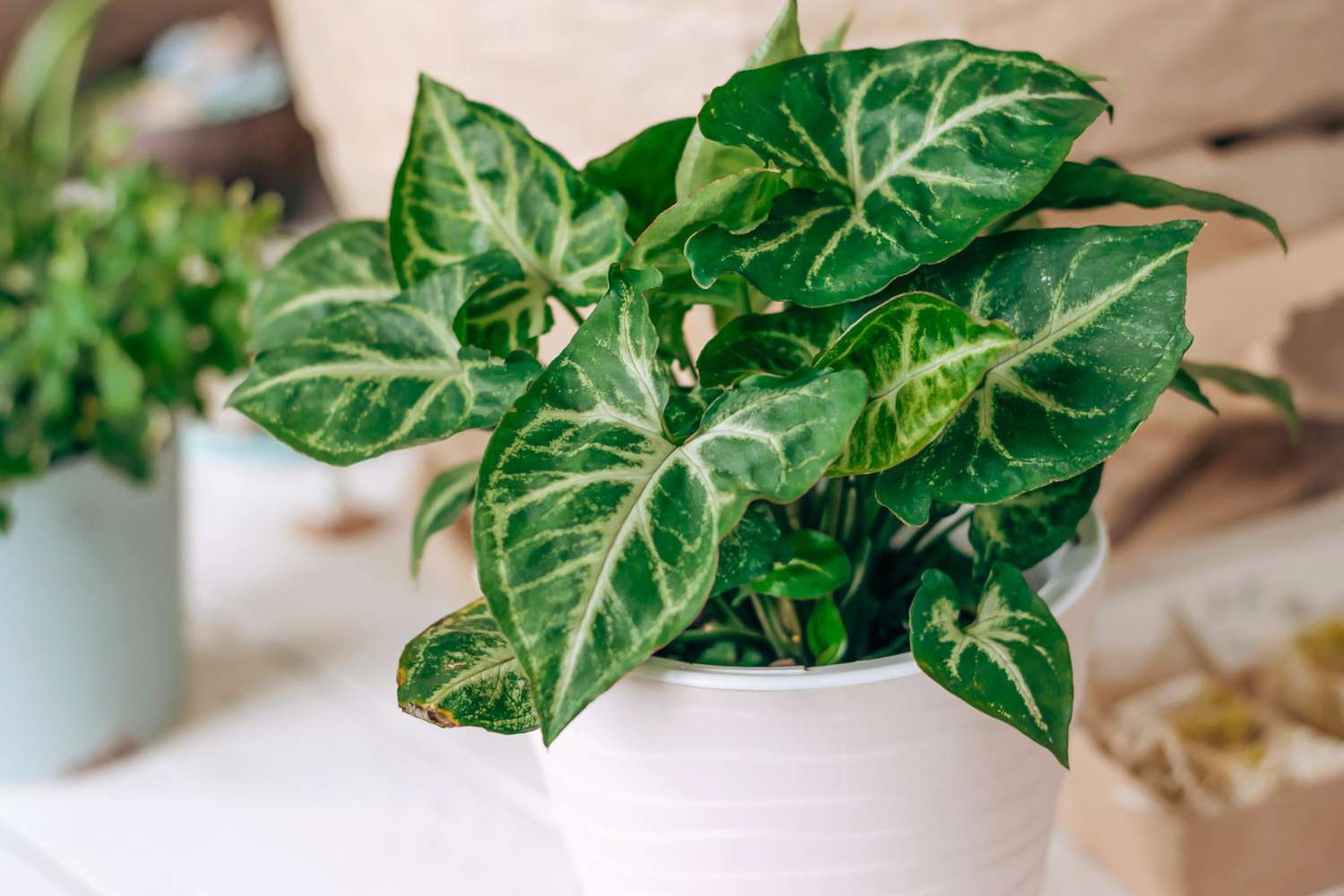
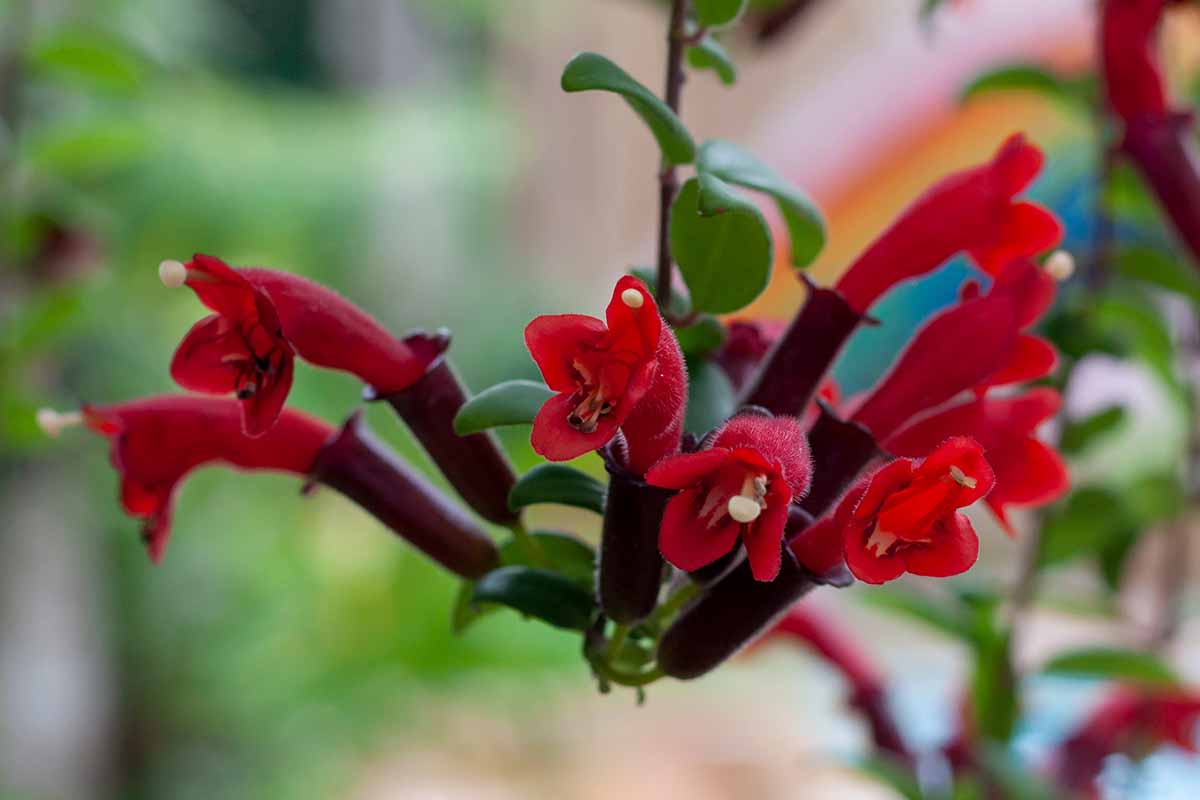
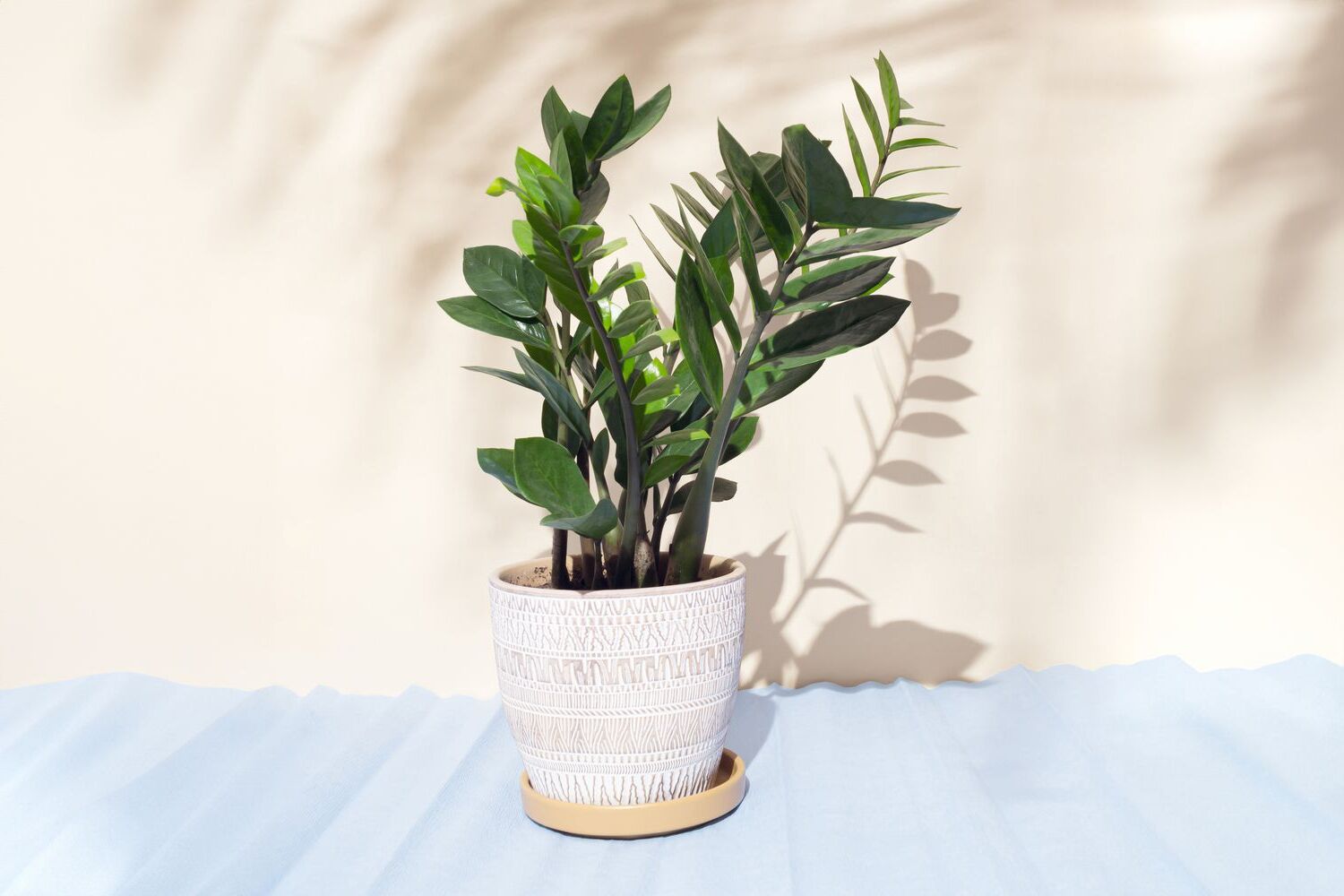
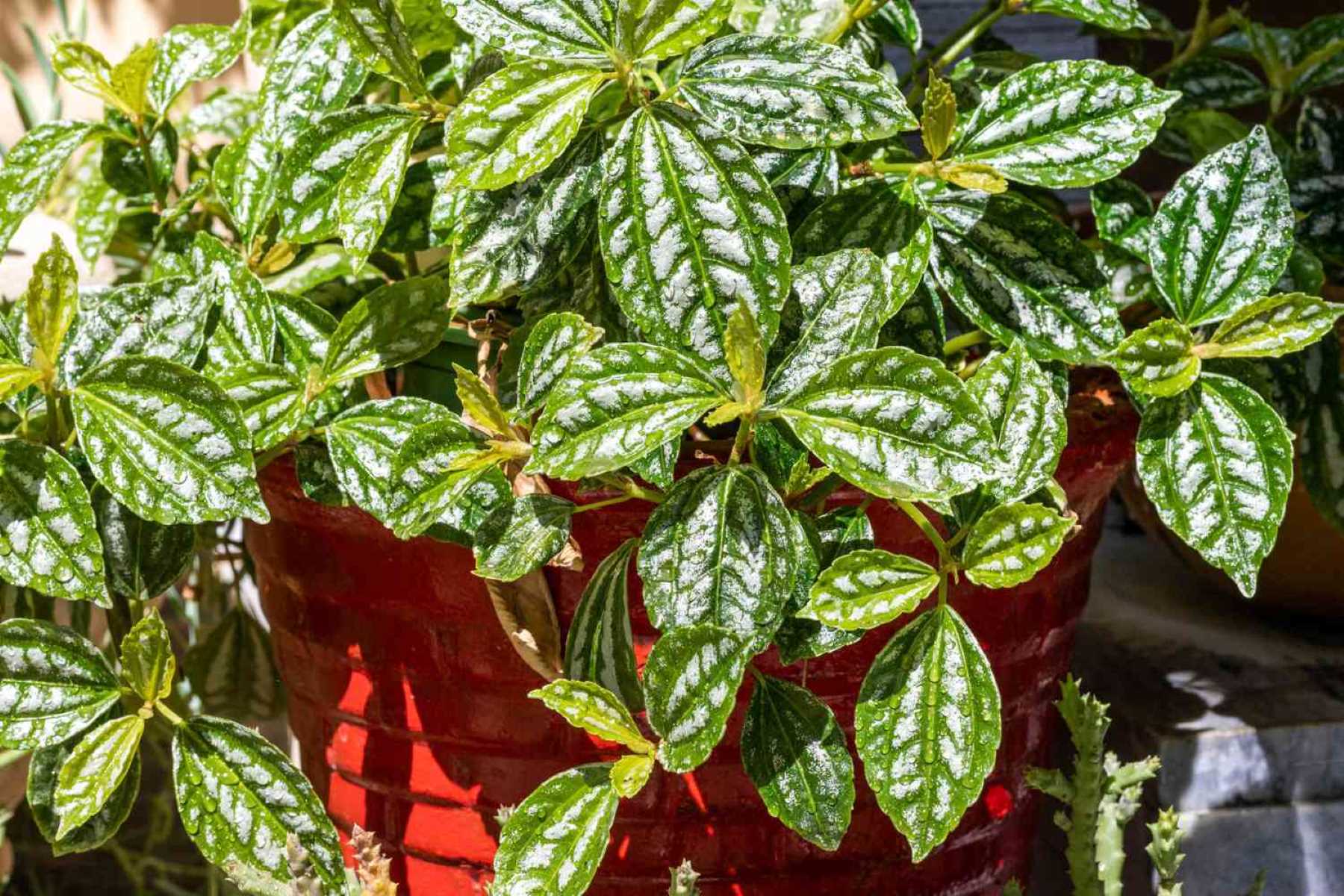
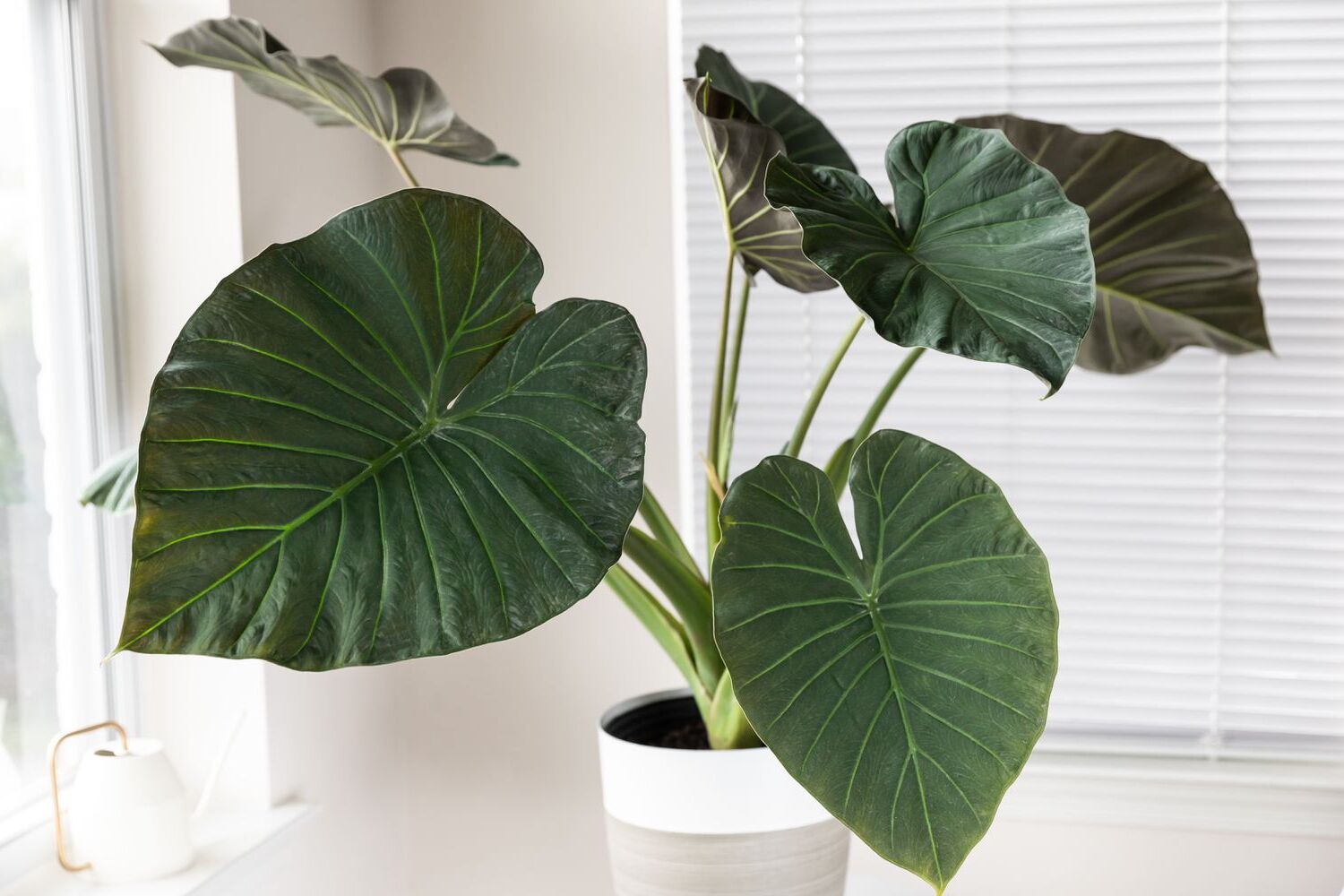

0 thoughts on “Indoor Prayer Plant Care Guide for Colorful Foliage Houseplants”